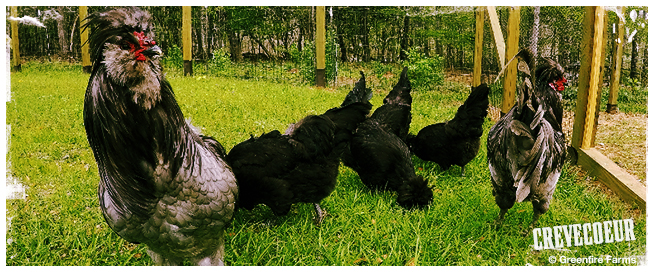A beautiful French breed with a very unique look and excellent taste.
| Item | 1+ | Quantity |
|---|---|---|
| Crevecoeur Day-Old Chick Unsexed | 29.00 | |
| Crevecoeur Eggs | 8.00 | Sold Out |
Although the breed’s French name literally translates as “broken heart,” you will have anything but if you’re lucky enough to raise this ancient fowl. “Creves” as they are affectionately known originated near Normandy many hundreds of years ago and arrived in the United States probably in the 1800s. On a practical level they’re known for the tastiness of their delicate flesh, but on an aesthetic level what is far more obvious are their beards and their unique horn-like combs.
We have been told by a Creve expert that it has been more than a century since new bloodlines of this rare breed have arrived from France, but in 2017 Greenfire Farms imported Creves from one of the top exhibition-breeders in their native country. We imported both black and blue Creves, and the colors and personalities of the birds are quite attractive and endearing. As of 2024 we will be focusing on the blue and white varieties only since the conservation status of the black variety was downgraded from Critical to Watch by the Livestock Conservancy.
Weirdly, the written American standard for this breed specifies a red earlobe while in France it is well established that the preferred color is whitish or a color that loosely translates as “mother-of-pearl blue.” Our birds follow the French standard. Occasionally we’ll hatch a chick that doesn’t have the requisite feather beard, but these are infrequently encountered and shouldn’t be a problem to address with a structured breeding program. At any rate, our import from a champion bloodline offers Americans the opportunity to encounter for the authentic French Crevecoeur, a beautiful breed.
You can find more about this breed here - https://www.poules-racesdefrance.fr/wp-content/uploads/2017/03/20_CREVE-COEUR.pdf/
Appearance and Behavior
Most notably, the feature that stands out the most with this breed is their split V-shaped comb. A lot of times people will refer to a Crevecouer as "the chicken with the devil horns" and we can see why that would be what people say - especially with the black variety. The crest, beard, cavernous nostrils, and V-shaped comb give the Crevecoeur a face you'll never forget! They are large fowl with mature roosters weighing about 8 to 9 pounds and hens weighing about 6 to 7 pounds. You will be amazed by how dense and full-bodied a mature rooster gets. The hens will start laying when they are about 6 to 7 months old and you should expect to get around 120 white eggs per year. The hens don't typically get broody, so if you are planning to hatch them you will need to invest in a good quality incubator. From time to time, you may get a rooster that is aggressive towards people. We don't recommend using a bird like that in your breeding program. We are working to only breed birds that are milder in temperament. The hens tend to be very sweet. With frequent handling and perhaps treats to bribe them, you can expect to be able to handle your Crevecoeur with ease.
Hatching Eggs
We incubate at 99.5F and 55% humidity. Typically an 80% to 90% hatch rate is common from eggs that have been placed into our hatcher. They normally hatch on time, on day 21. Since we are focusing on the blue and white varieties you should expect to see chicks that are different colors: dark gray, light gray, and yellow. From the chicks that hatch you should thoroughly inspect each chick for a beard. It sometimes happens that they will hatch beardless and unfortunately, should be culled. Also, you should check the chick's legs to make sure you don't see any feathers on the leg.
We have been told by a Creve expert that it has been more than a century since new bloodlines of this rare breed have arrived from France, but in 2017 Greenfire Farms imported Creves from one of the top exhibition-breeders in their native country. We imported both black and blue Creves, and the colors and personalities of the birds are quite attractive and endearing. As of 2024 we will be focusing on the blue and white varieties only since the conservation status of the black variety was downgraded from Critical to Watch by the Livestock Conservancy.
Weirdly, the written American standard for this breed specifies a red earlobe while in France it is well established that the preferred color is whitish or a color that loosely translates as “mother-of-pearl blue.” Our birds follow the French standard. Occasionally we’ll hatch a chick that doesn’t have the requisite feather beard, but these are infrequently encountered and shouldn’t be a problem to address with a structured breeding program. At any rate, our import from a champion bloodline offers Americans the opportunity to encounter for the authentic French Crevecoeur, a beautiful breed.
You can find more about this breed here - https://www.poules-racesdefrance.fr/wp-content/uploads/2017/03/20_CREVE-COEUR.pdf/
Appearance and Behavior
Most notably, the feature that stands out the most with this breed is their split V-shaped comb. A lot of times people will refer to a Crevecouer as "the chicken with the devil horns" and we can see why that would be what people say - especially with the black variety. The crest, beard, cavernous nostrils, and V-shaped comb give the Crevecoeur a face you'll never forget! They are large fowl with mature roosters weighing about 8 to 9 pounds and hens weighing about 6 to 7 pounds. You will be amazed by how dense and full-bodied a mature rooster gets. The hens will start laying when they are about 6 to 7 months old and you should expect to get around 120 white eggs per year. The hens don't typically get broody, so if you are planning to hatch them you will need to invest in a good quality incubator. From time to time, you may get a rooster that is aggressive towards people. We don't recommend using a bird like that in your breeding program. We are working to only breed birds that are milder in temperament. The hens tend to be very sweet. With frequent handling and perhaps treats to bribe them, you can expect to be able to handle your Crevecoeur with ease.
Hatching Eggs
We incubate at 99.5F and 55% humidity. Typically an 80% to 90% hatch rate is common from eggs that have been placed into our hatcher. They normally hatch on time, on day 21. Since we are focusing on the blue and white varieties you should expect to see chicks that are different colors: dark gray, light gray, and yellow. From the chicks that hatch you should thoroughly inspect each chick for a beard. It sometimes happens that they will hatch beardless and unfortunately, should be culled. Also, you should check the chick's legs to make sure you don't see any feathers on the leg.
| Egg Color | white |
| Egg Size | Medium |
| Average number of eggs per year | 100 - 120 |
| Gamefowl | no |
| Table Breeds | Yes |
| Country of Origin | France |
| Cold tolerant | yes |
| Year of import(s) | 2017 |
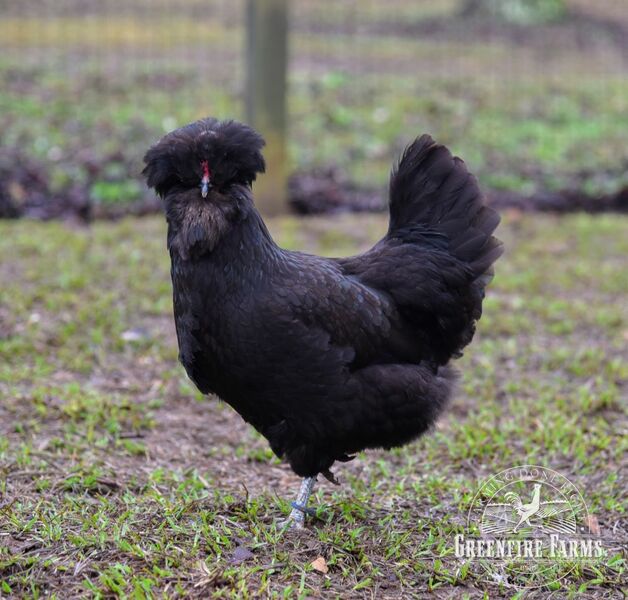
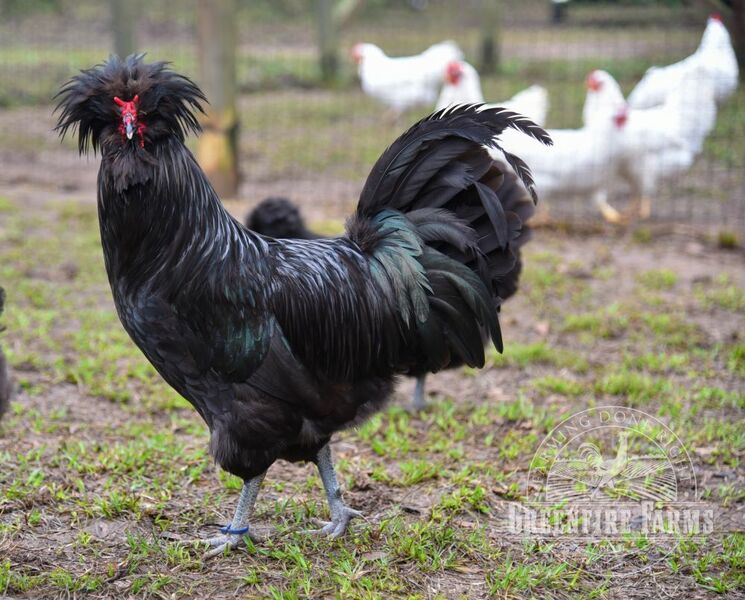
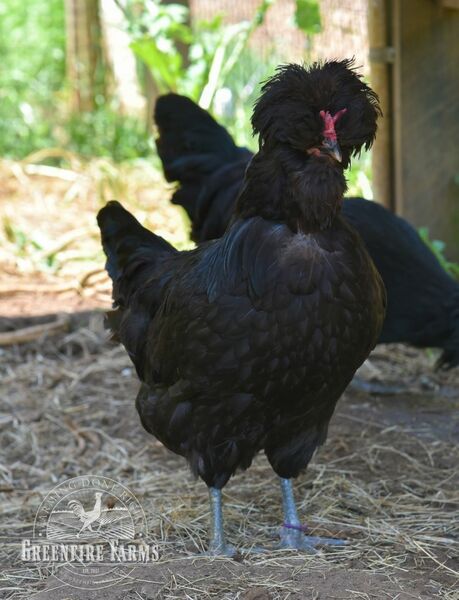
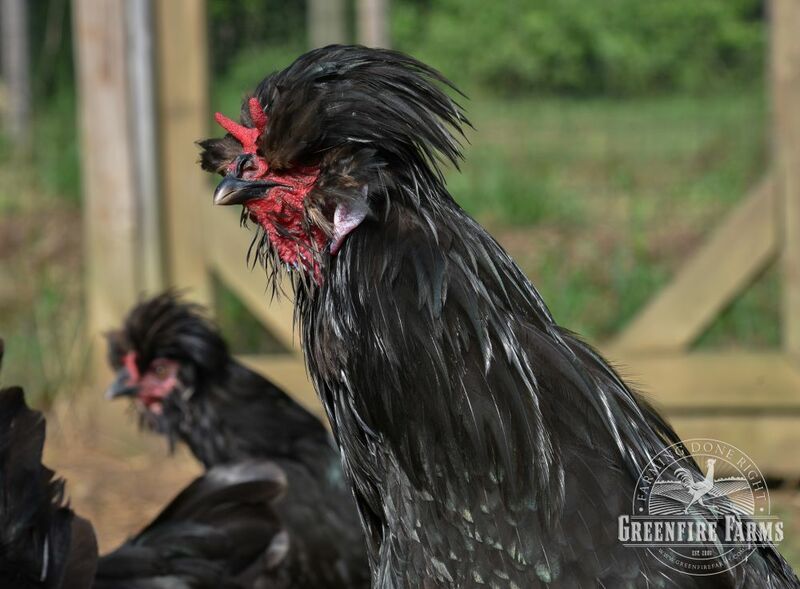
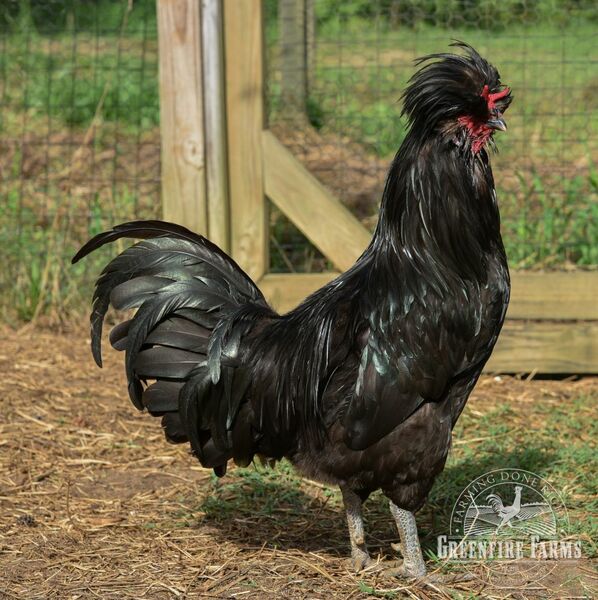
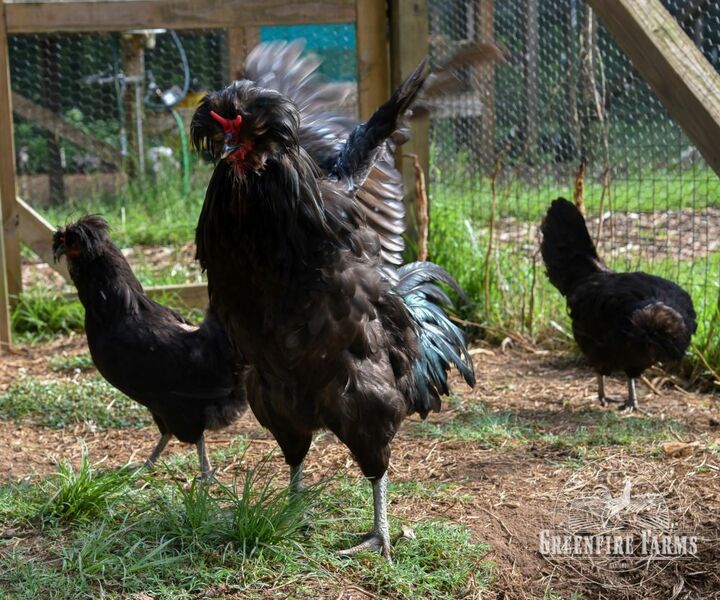
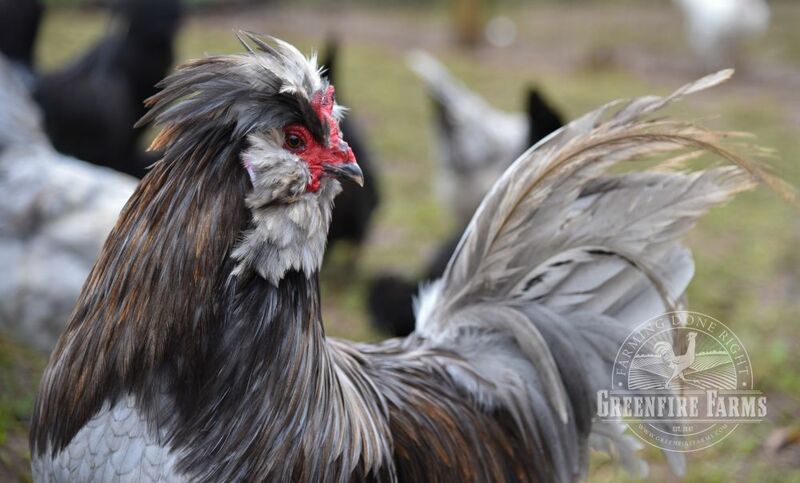
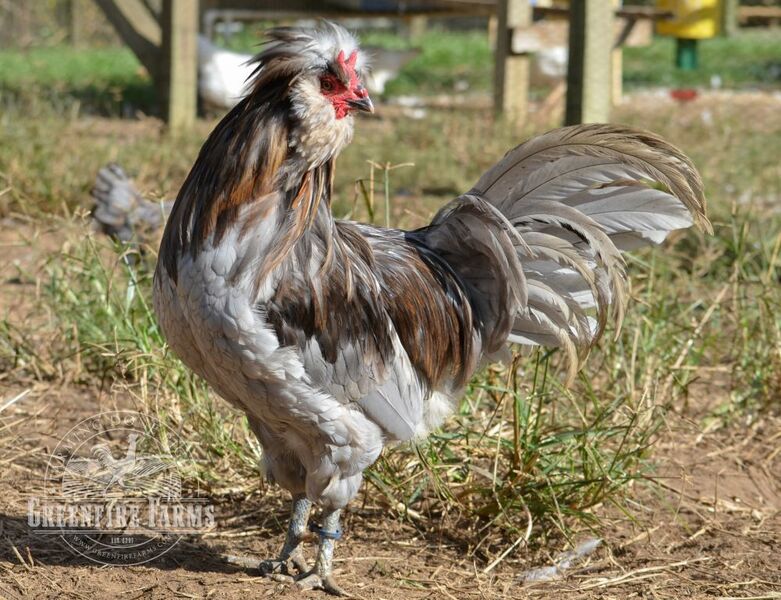
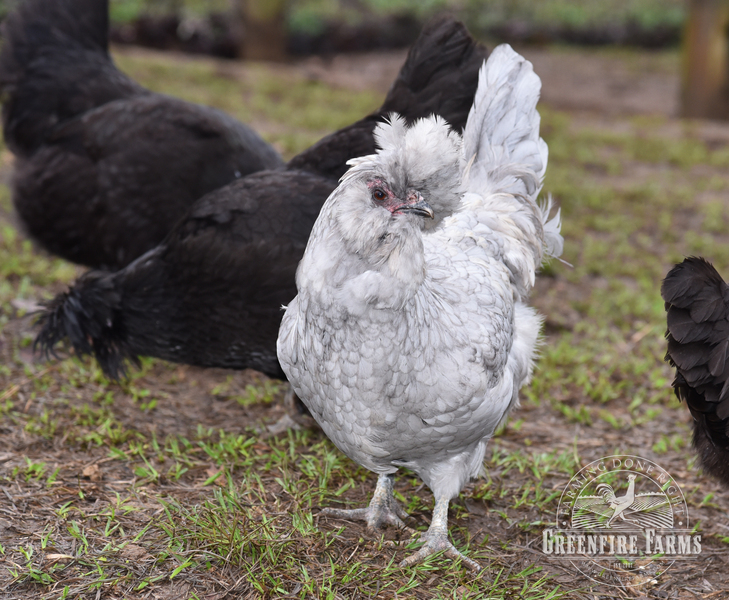
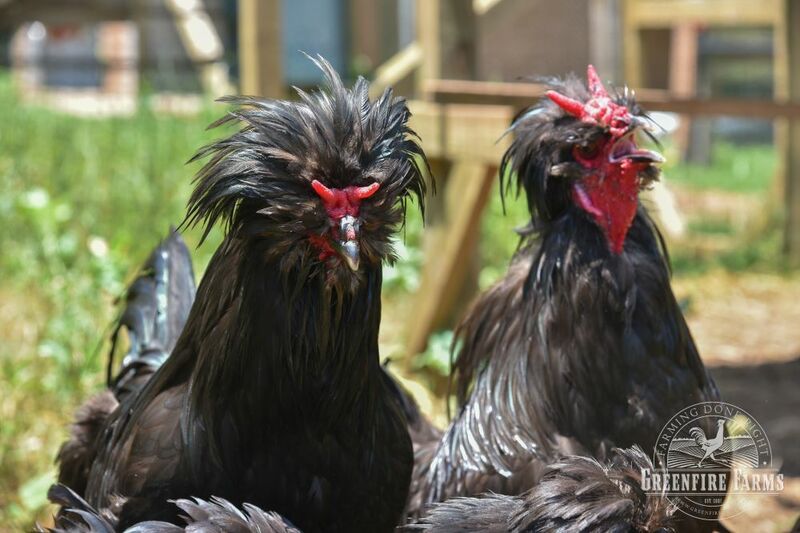
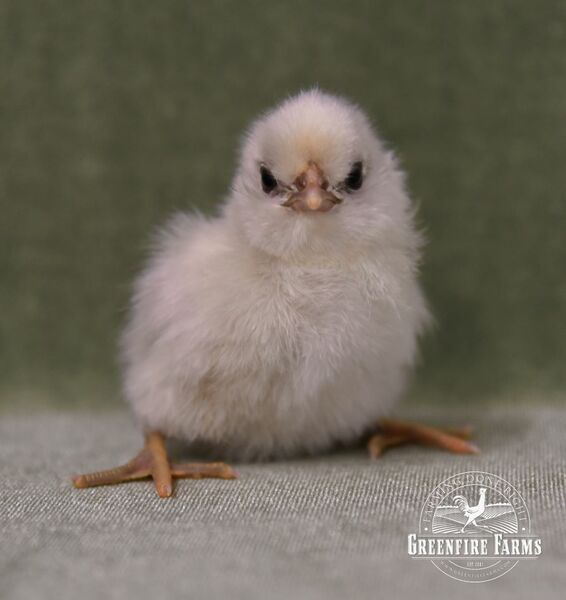
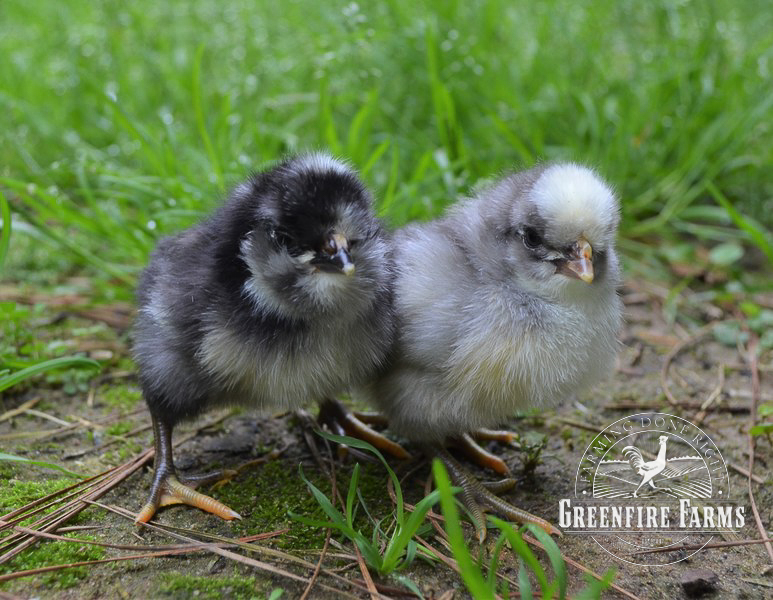
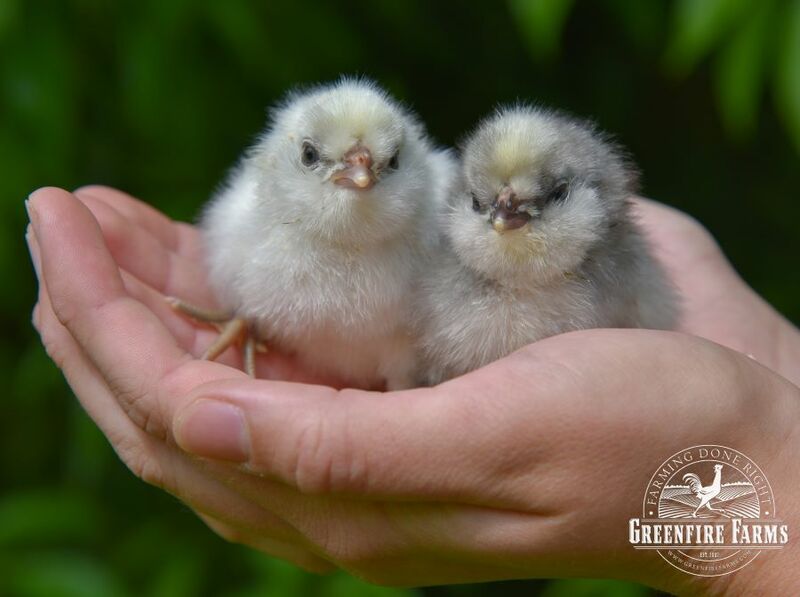

 Cart:
Cart: 

